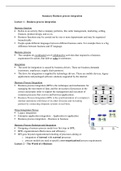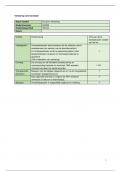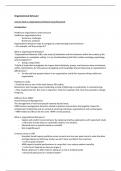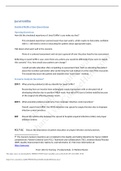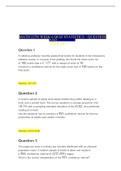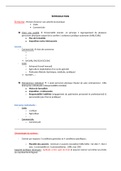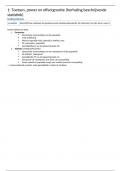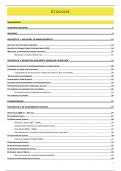Samenvatting
Summary Business Proces Integration
- Instelling
- Tilburg University (UVT)
Summary of all the lectures of business process integration. It contains all the relevant material needed for the final exam. I got an 8 for the final exam with this summary.
[Meer zien]
